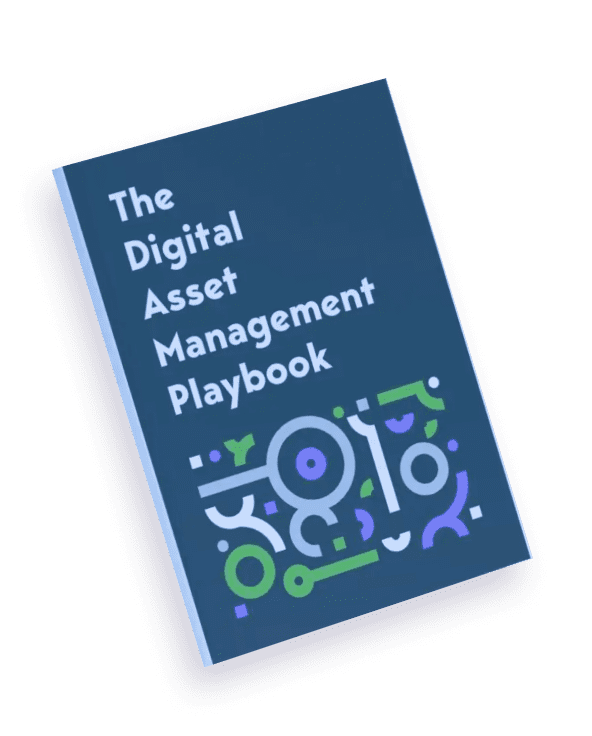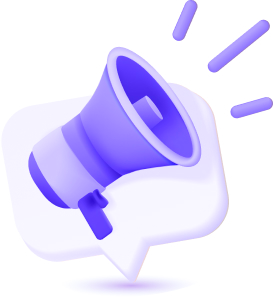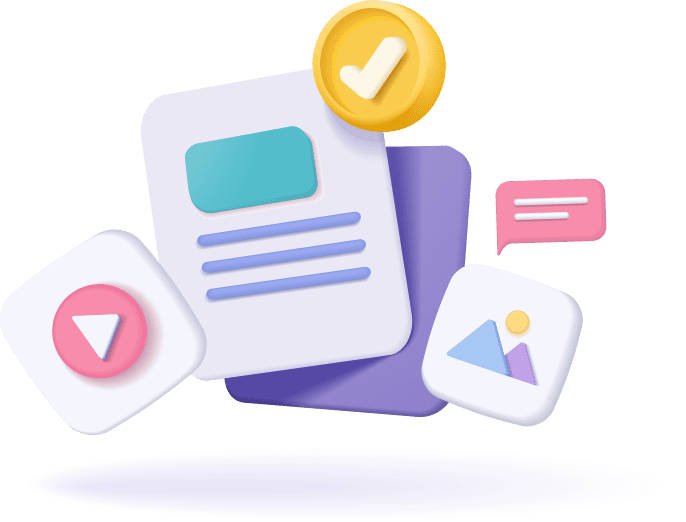Managing content effectively is crucial in today’s digital age. Content is king, and keeping it organised ensures smooth operations and a consistent brand image.
Two tools that help manage content are digital asset management (DAM) systems and content management systems (CMS).
DAM software focuses on storing, organising, and managing digital assets like images, videos, and other media files.
A content management system, on the other hand, is designed to create, manage, and publish web content. It helps you organise and update your website, making it accessible to both internal and external users.
The rest of this article explores the differences between DAM vs CMS systems and ways you can integrate them.
Understanding Digital Asset Management (DAM)
DAM involves organising, storing, and retrieving digital assets such as images, videos, audio files, documents, and various other types of digital content.
A DAM system acts as a centralised repository, significantly improving the efficiency, security, and accessibility of an organisation’s content.
Digital asset management solutions provide numerous key features and benefits – and not just for marketing teams.
DAM systems make it easy for an entire company to manage and access files through a centralised location for all files.
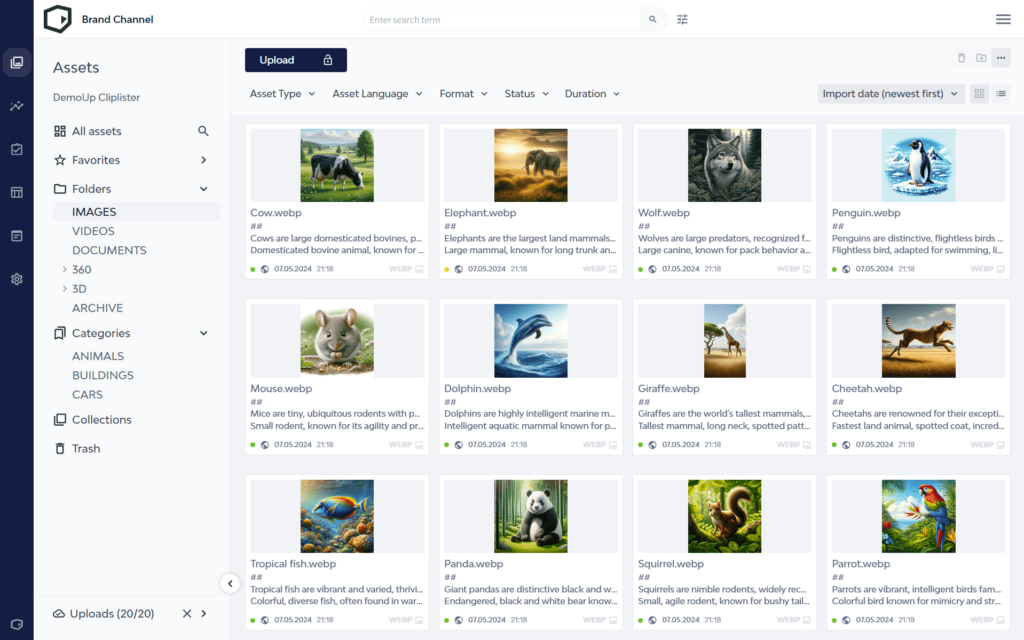
They feature advanced media library capabilities, including sophisticated tools for content operations like organising, indexing, and searching assets, often enhanced quick search functions.
Version control is another crucial feature, ensuring users always work with the most current versions of brand assets.
Collaboration is simplified with either built-in tools or software integrations for commenting, annotation, and feedback, allowing multiple users to work together seamlessly.
A digital asset management solution can also integrate with other tools such as CMS tools, product information management (PIM) solutions, social media platforms, and project management software, which facilitates streamlined workflows.
Consistent use of digital assets ensures a cohesive brand image across multiple channels. For a deeper dive into these advantages, check out our article on the benefits of digital asset management.
A DAM solution handles a wide range of digital assets. These include:
- Visual content like images (JPEG, PNG, GIF)
- Videos (MP4, AVI)
- Audio files (MP3, WAV)
- PDFs, Word documents, and Excel spreadsheets
- 3D models and animations
- Web content such as HTML, CSS, and JavaScript files
Understanding Content Management Systems (CMS)
A content management system (CMS) is software that allows multiple contributors to create, edit, and publish content on a website. This content is stored and presented using HTML, CSS, and JavaScript templates.
Key features of a CMS include tools for web designers, content storage, page publishing and site optimisation.
Drag-and-drop editors make it simple for web designers to create new pages. Those with little technical expertise can add text and images, which eliminates the need for web developers to publish a single web page.
This capability reduces development efforts and simplifies things for your web team, ensuring consistency.
If a website is a collection of HTML files, a CMS is the software that runs it. A website comprises anywhere from a single web page to millions of documents and related content identified by a common domain name.
A CMS manages content and publishes it as web pages.
Creating a website without a CMS involves writing code directly in HTML and CSS, but a CMS simplifies this process for editors.
When choosing CMS software, consider your goals, such as increasing blog readership, boosting e-commerce sales, or optimising search engines (SEO).
Your budget, content requirements, and necessary integrations are crucial factors.
Key Differences Between DAM vs CMS
A DAM solution and a content management system serve different functions.
DAM’s primary function is to organise, store, and retrieve digital assets like images, videos, and documents.
It acts as a central hub for the entire organisation, protecting valuable digital assets and making files easier to access, share and publish.
Plus, a DAM system manages content across various channels. It will keep all your files in one place, making it simple to maintain brand consistency.
On the other hand, a CMS is used for creating, editing, publishing and managing website content only. It helps you manage your web content, blogs, and other online content.
Thanks to advanced search tools, you can find and use up-to-date assets quickly. In contrast, a CMS focuses on managing and publishing website content.
In simple terms, a CMS platform is used to publish and manage your online content, DAM is used to manage content throughout its entire lifecycle, from creation to publication to archival.
Advantages of Using a DAM System
A DAM system helps you maintain brand identity. It ensures all digital assets, like images, videos and other media files, follow your brand guidelines.
Furthermore, DAM systems come with advanced asset and media library capabilities. They offer powerful tools for storing and organising your media files.
A digital asset management system lets you sort assets by various criteria, making it easy to find what you need quickly.
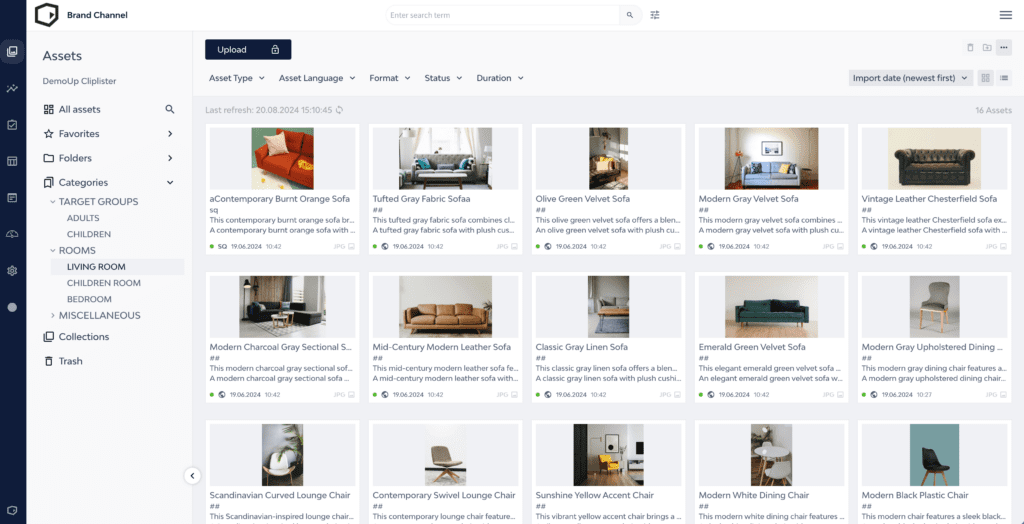
These systems often include features like tagging, categorisation, and custom metadata fields to keep everything in order.
DAM solutions also excel at distributing digital content. They allow you to share your assets across multiple channels, such as websites, social media, and email campaigns.
Read our post for more on the benefits of digital asset management.
Advantages of Using a CMS
A CMS is key to managing and publishing website content easily. You can create, edit, and organise web pages without needing to code.
With a CMS, publishing new content becomes straightforward. You can quickly update your website and get your content live with just a few clicks.
A CMS platform streamlines the content publication process and manages a single aspect of the content lifecycle. They provide user-friendly tools to draft, edit, and schedule content as key features.
You can adjust page templates to match your brand’s style. Many CMS platforms also support Content Delivery Networks (CDNs) to improve content delivery speed.
Ease of use is a big advantage for non-technical users. CMS platforms come with intuitive interfaces, like drag-and-drop editors, that make content management simple.
They cater to various skill levels, so whether you’re a beginner or an advanced user, you’ll find the system manageable.
When to Use DAM vs CMS
If you have many digital assets, a digital asset management system is the way to go. DAM systems are built to handle huge volumes of images, videos, and documents.
DAM systems are also great for advanced asset needs.
If you have complex workflows, multiple user roles, or need to integrate with various tools, a DAM is perfect. It offers detailed metadata tagging and powerful search features.
If you’re mainly focused on managing and publishing website content, a content management system is your best choice. CMS platforms make it easy to create and update new pages, blog posts, and other content.
A CMS is ideal if you need to manage website content and streamline publishing. It offers customisation options for page templates and works well with CDNs to improve site speed. CMSs are user-friendly and cater to both tech-savvy and non-technical users.
Integrating DAM and CMS Software
Integrating DAM and CMS solutions offers significant benefits. By connecting these systems, you streamline the way digital assets are used and managed across your website and other platforms.
For example, when a DAM is integrated with a CMS, it allows for seamless access to media files directly within the CMS. This means you can easily insert images, videos, and documents into your website without switching between systems.
One way you can do this is with dynamic image delivery technology. This allows you to embed optimised images on your website using links and dynamic UTM parameters.
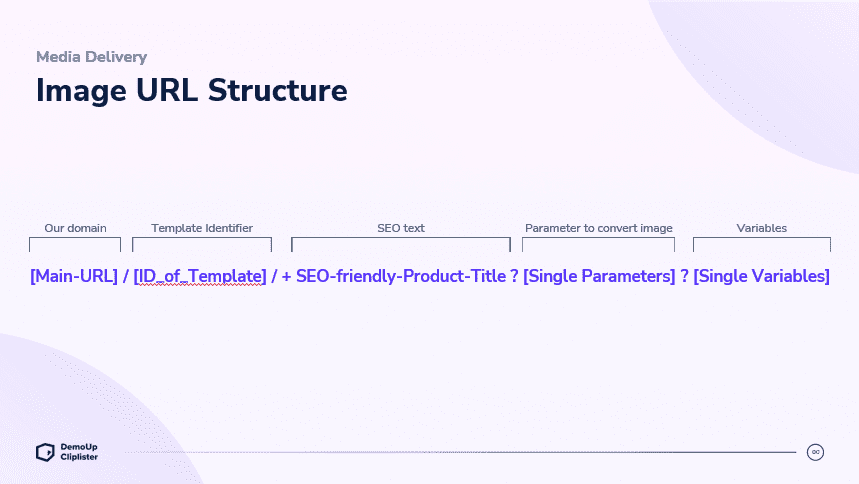
This is a great solution for businesses like online shops, that must deliver a broad variety of product images to the front end based on end-user devices.
Another successful integration example is combining a DAM with WordPress.
This setup enables users to pull assets from the DAM library straight into their WordPress posts or pages, simplifying the content creation process and ensuring consistency.
Another example is integrating a DAM with a CMS like Drupal.
In this scenario, the DAM handles all media asset storage and organisation, while Drupal manages the content layout and publication. This ensures that media assets are always up-to-date and accessible when needed.
Our DAM system is designed to integrate with any existing CMS or software using a powerful API. This flexibility connects your DAM with the CMS you already use or plan to use, enhancing your workflow and asset management capabilities.
Interested in learning how our DAM system can integrate with your CMS? Book a demo today!
Wrapping Up
To sum up, digital asset management solutions organise and manage digital files like images and videos. They help store and find these assets.
A CMS, on the other hand, handles web content like blog posts, images for your website, and optimisation tools. They make it easier to create and publish content.
Frequently Asked Questions
This section tries to answer frequently asked questions and provide you insight into how these technologies may work for your business.
For more on digital asset management, e-commerce, or content creation, visit our blog.
To see our full product portfolio, return to the homepage.
A DAM system organises and secures digital assets, such as images and videos, making them easy to find and manage. A CMS, however, handles the creation, editing, and publishing of web content, including blog posts and web pages.
DAM systems offer detailed version tracking for digital assets as part of their advanced library capabilities. These track changes and ensure access to the latest versions. CMS solutions provide version histories as part of website management, tracking the page and revisions.
DAM software is best for managing all file types, including images, videos, and audio files. They also efficiently handle documents and 3D models. They help organise, store, and retrieve an organisation’s digital assets with a searchable content library.
Integrating a DAM with a CMS connects asset management with content creation. This integration streamlines workflows and ensures brand consistency. It enhances efficiency and collaboration across digital platforms.
For DAM platforms, look for advanced search, customisable user permissions, and integration options. For a CMS, seek easy content creation, customisation capabilities, and effective SEO tools. Both should support efficient content management and publishing.

